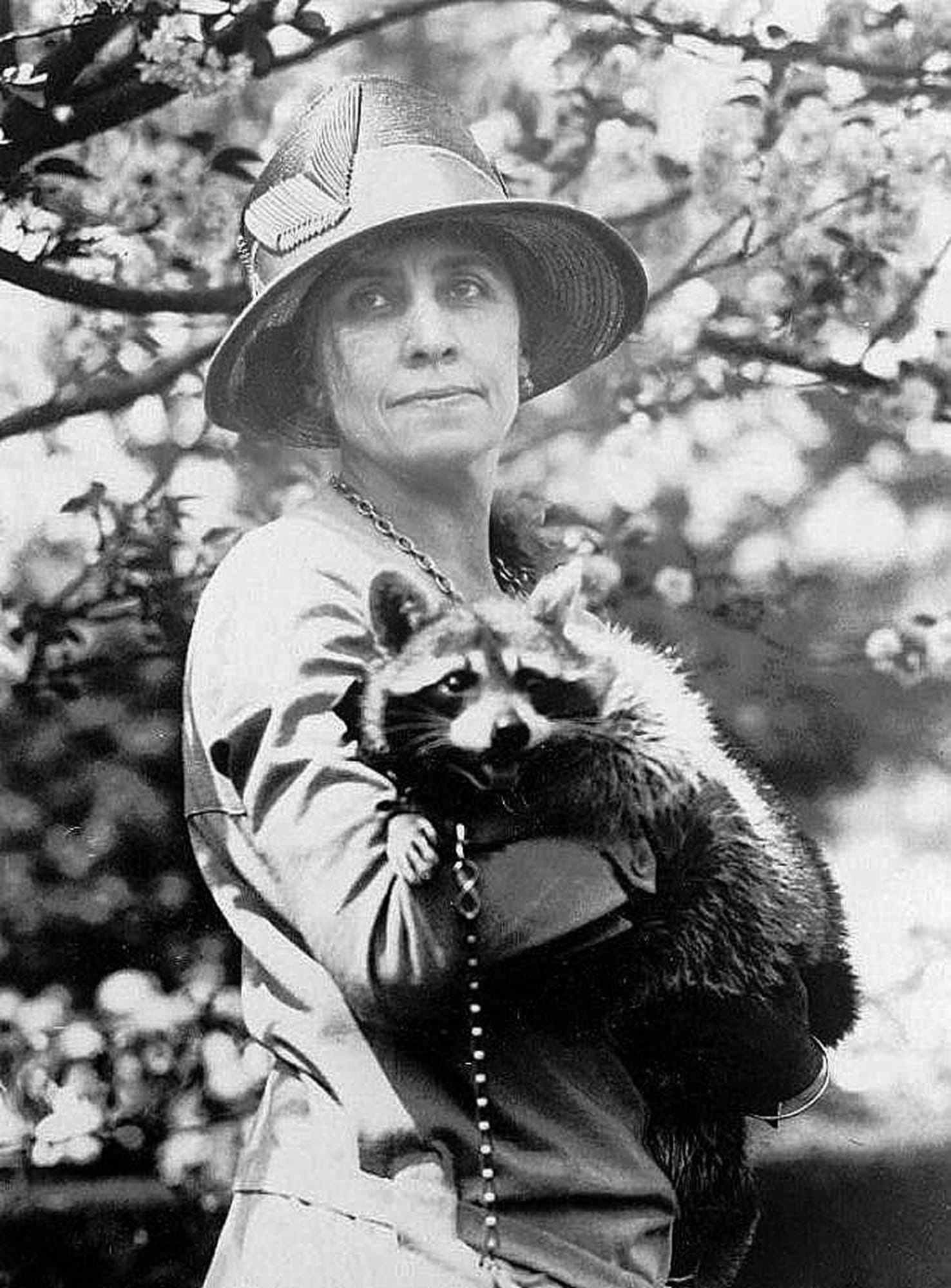Raccoons: cute, fascinating animals or destructive, dangerous pests?
Raccoons are found everywhere in the U.S., from deep forests to crowded cities. Samuel Zeveloff, author of “Raccoons: A Natural History,” wrote, “The raccoon is successful largely because it is a generalist,” meaning it adapts easily to changing conditions. And, as an omnivore, a raccoon eats just about anything: plants, small animals, fish and food scraps. Animals such as pandas are specialists, requiring a specific diet and habitat.
Raccoons are extraordinarily clever. A raccoon’s ability to break into almost any enclosed space, whether trash cans, attics or coolers, has earned it the nickname “masked bandit.” With front paw fingers resembling human hands, raccoons can expertly open jars or door latches. One trash can manufacturer let raccoons at the Cleveland Museum of Natural History test the security of new products. The raccoons could open every one of them!
Because raccoons seem to be great problem-solvers, some early 20th-century scientists wanted to use them instead of rats for behavioral experiments. The idea was quickly abandoned because the raccoons kept escaping from their cages and stealing lab equipment.
In the 15th century, Christopher Columbus, not sure what these ring-tailed animals were, referred to them in his journal as “perros,” the Spanish word for dogs. Raccoons have been known by many names, including the Native American Algonquian word “arakunem,” meaning “one who scratches with his hands.”



